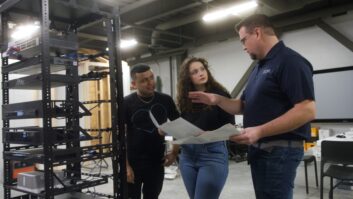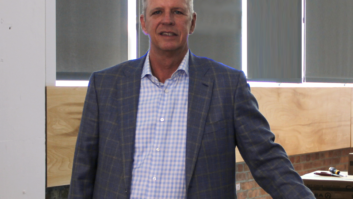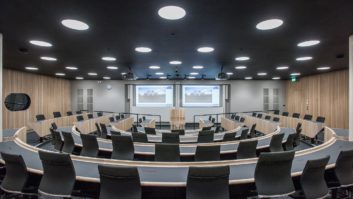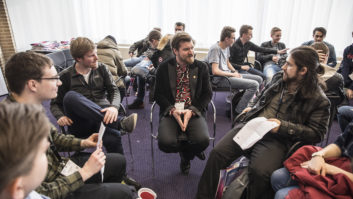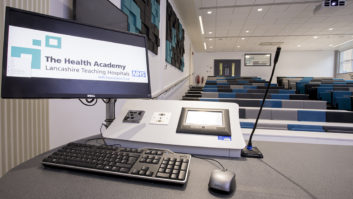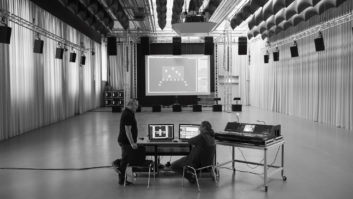
Professional development courses have been a mainstay of the industry for some time. But how do the main providers keep their programmes up to date, and what’s changing in the way they are disseminated?
As the two main trade associations in the audiovisual installation industry, InfoComm International and CEDIA offer a wide range of courses and qualifications. Even if you haven’t availed yourself of any of these recently, it’s hard not to be aware of them, particularly at key tradeshows such as ISE and InfoComm.
Talking to both associations, it’s clear that a major factor driving the development of their educational programmes is increasing their reach – although each association has a different set of priorities and tactics for achieving this.
Pam Taggart, director of international education at InfoComm, highlights three recent changes that, taken together, have constituted “a big sea change for us in how we’ve done training”.
First, she points to a big push towards providing training in multiple languages: “We have solid programmes in English, Spanish, Portuguese and German – and that’s a change from even two years ago.”
Second, InfoComm has made “a major investment in learning content management systems, so we can put out with more courses more quickly, responding as technology changes and knowledge needs change”.
Third, making course pricing more affordable in countries with a less developed AV market has paid dividends, she says: “We’ve had a really successful programme in India for the past year or so – working in partnership with manufacturers, who are subsidising some of the cost, we’ve gone to a different pricing scheme, charging appropriate prices to the region. That has led to extremely full classes.”
Simon Buddle, education director at CEDIA EMEA, points to three different steps that his association has taken to extend the reach of its professional development programmes.
The first has been establishing a core curriculum of courses that are scheduled throughout the year. “In years gone by it was more reactive,” he explains, “responding to what people say they want. Now we have a curriculum – pitched at all sorts of levels – set in stone throughout the year, which gives people the security of knowing that those courses are there and they can get on them.”
The result, he says, has been a rise over the past 12 months in the number of people taking courses at CEDIA’s St Neots HQ.
The second change has been to provide training at other training establishments. “One key bottleneck is the number of trainers available to deliver our content – so we’re going out to companies that can offer training for themselves, and using their classrooms and training their instructors to deliver CEDIA training,” he continues. “This has been a huge success during trials over the past nine months.”
And then there’s an increasing amount of online training provision – primarily from CEDIA in the US. “As people become busier, it’s another opportunity for them to take training without making the commitment to travel anywhere. They are between one- and three-hour courses, and of course you can pause them and return to them a day or so later.”
Bill Thomas, education programs director at InfoComm, sees similar benefits: “The nice thing about online training is the reach. Everyone’s busy in their jobs, and particularly with people lower down in the organisation, their company may not be ready to invest in them travelling to an on-site class.
“For instance, with installation training, we have a really robust set of three online courses that cover pretty much the same territory as a three-day class, but you can take them at your own pace, your own motivation level.
���We’re finding more ways to make online learning more interactive and engaging. We’re trying to make it an immersive environment where there are challenges that learners have to keep meeting: small chunks of video, tests and simulations. These sorts of thing are important to raise the uptake of online learning among people who aren’t visual learners.”
Taggart points out that producing an online installation course not only removes the venue and instructorcosts , but also the costs of obtaining and transporting the equipment to be worked on. “Animations have improved in recent years, and we’ve been able to incorporate them into our online training. That’s enabled us to train a lot more people in an interactive way without incurring that cost of gear, which would have to be passed on to the learners.”
